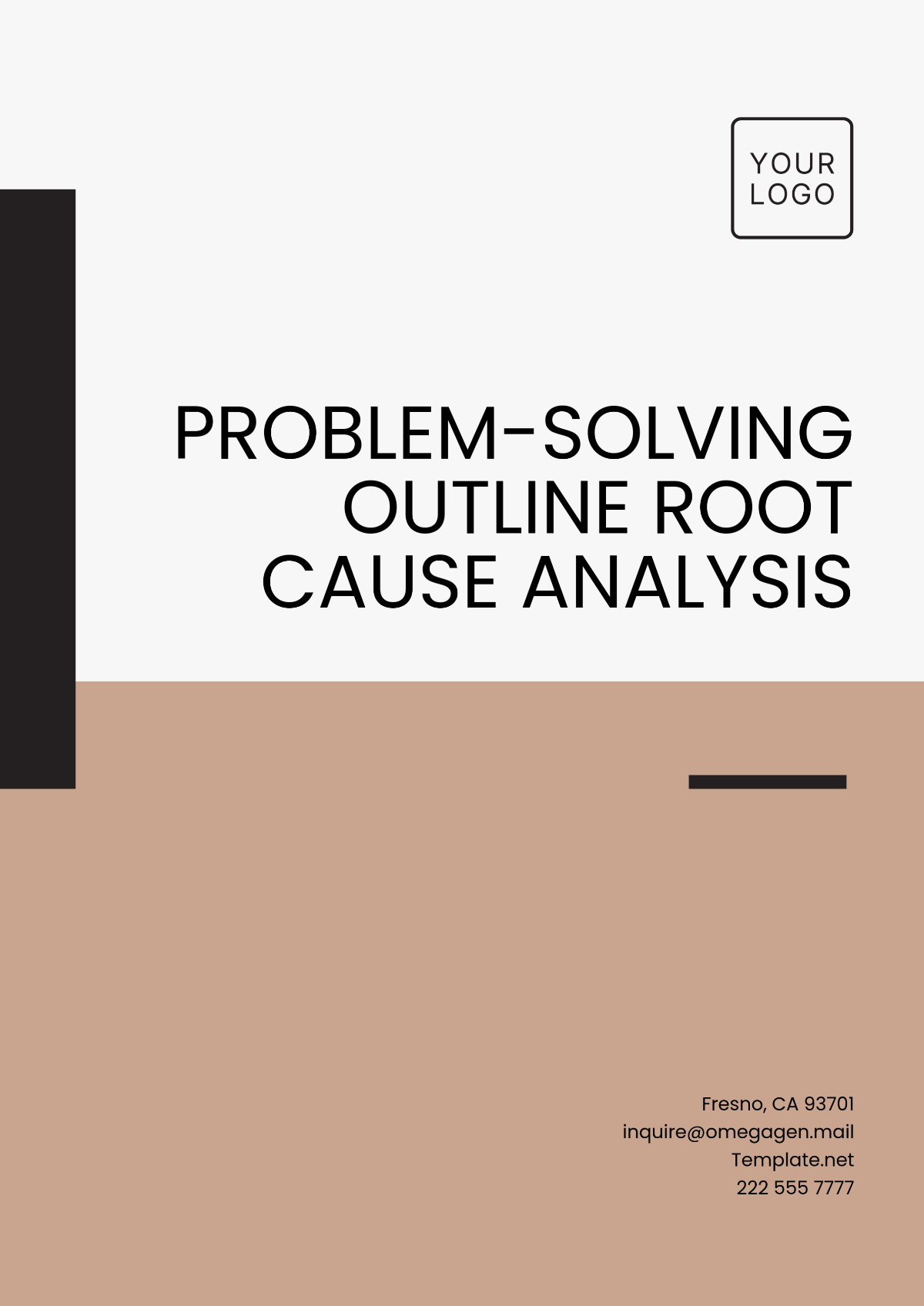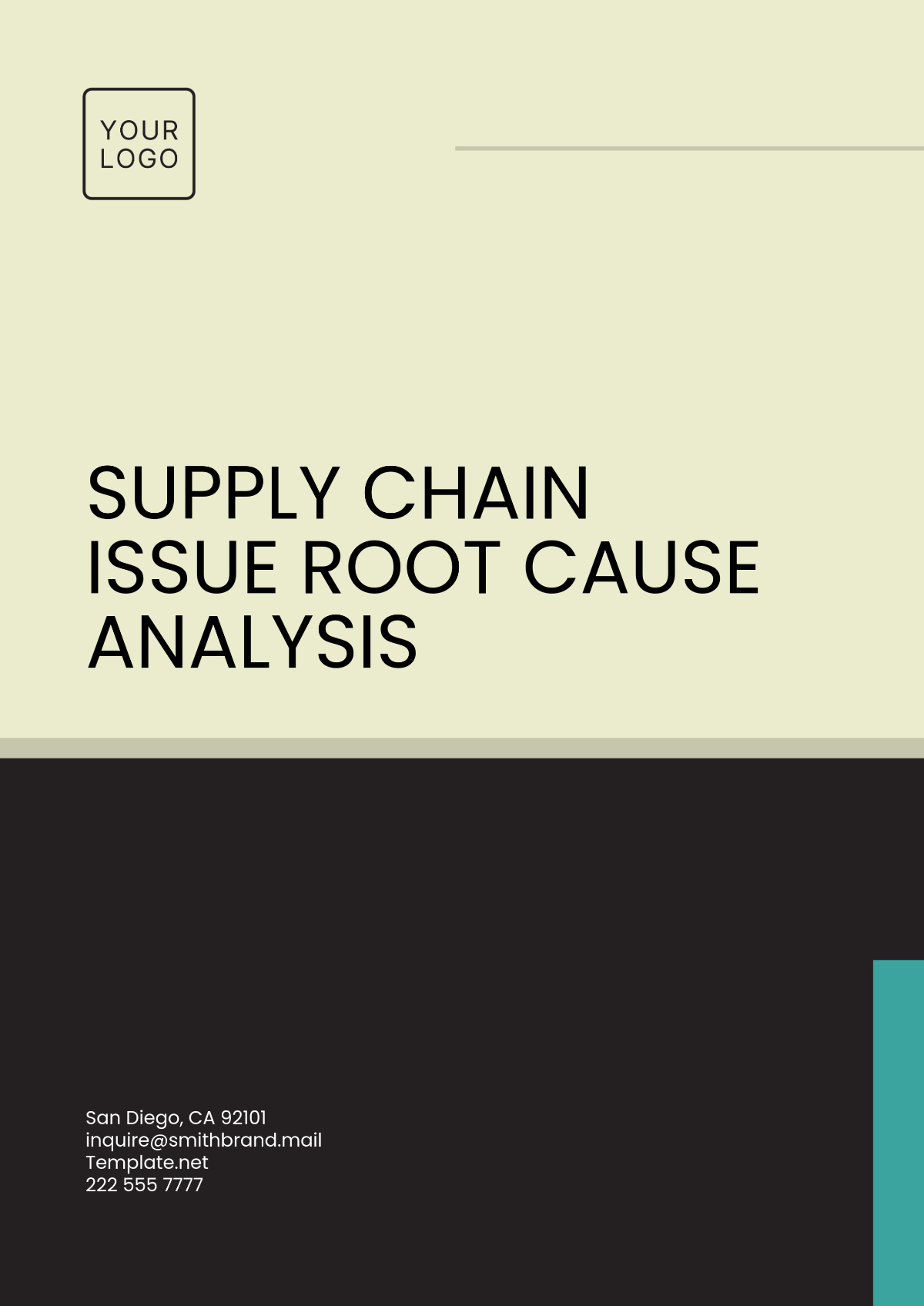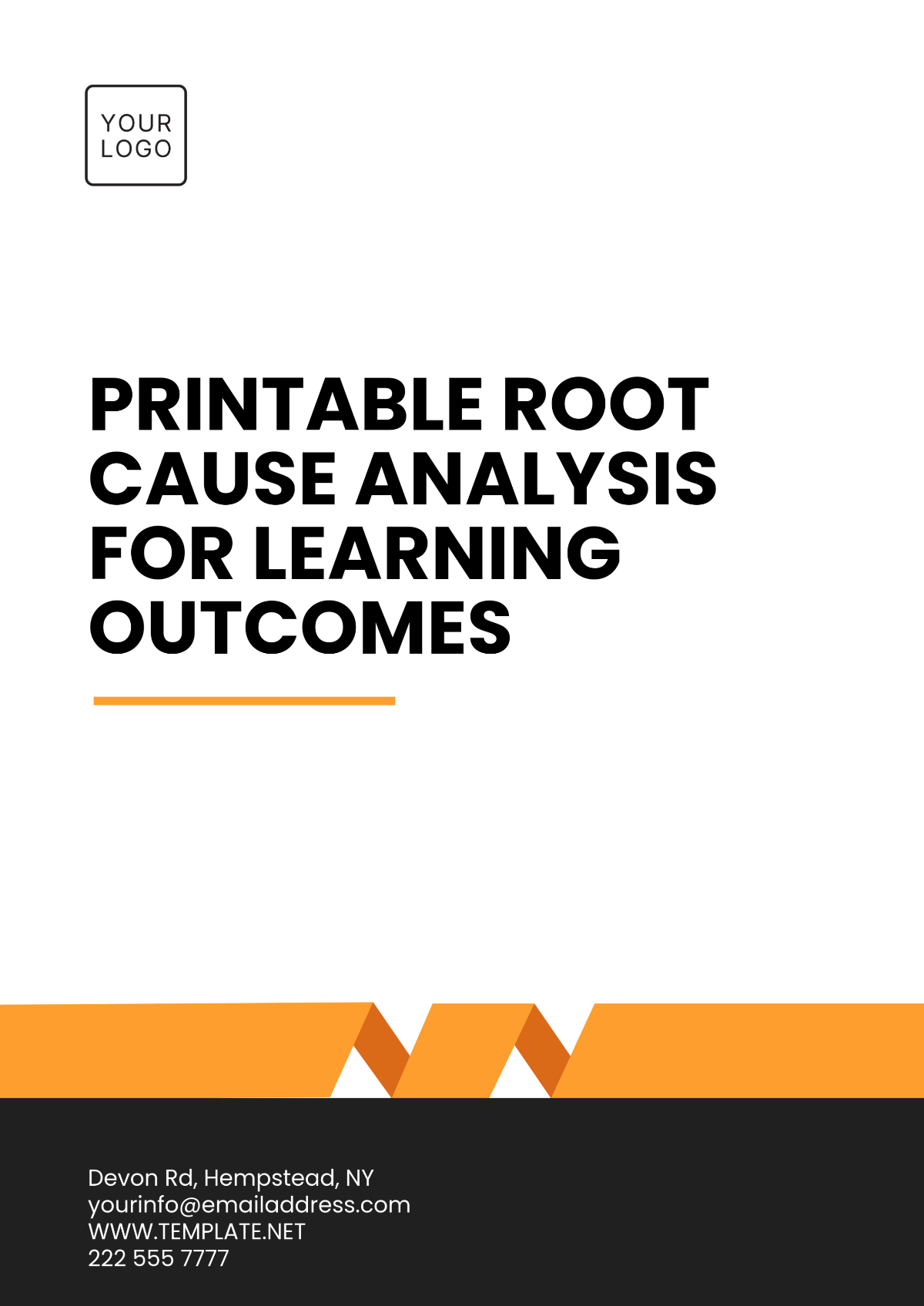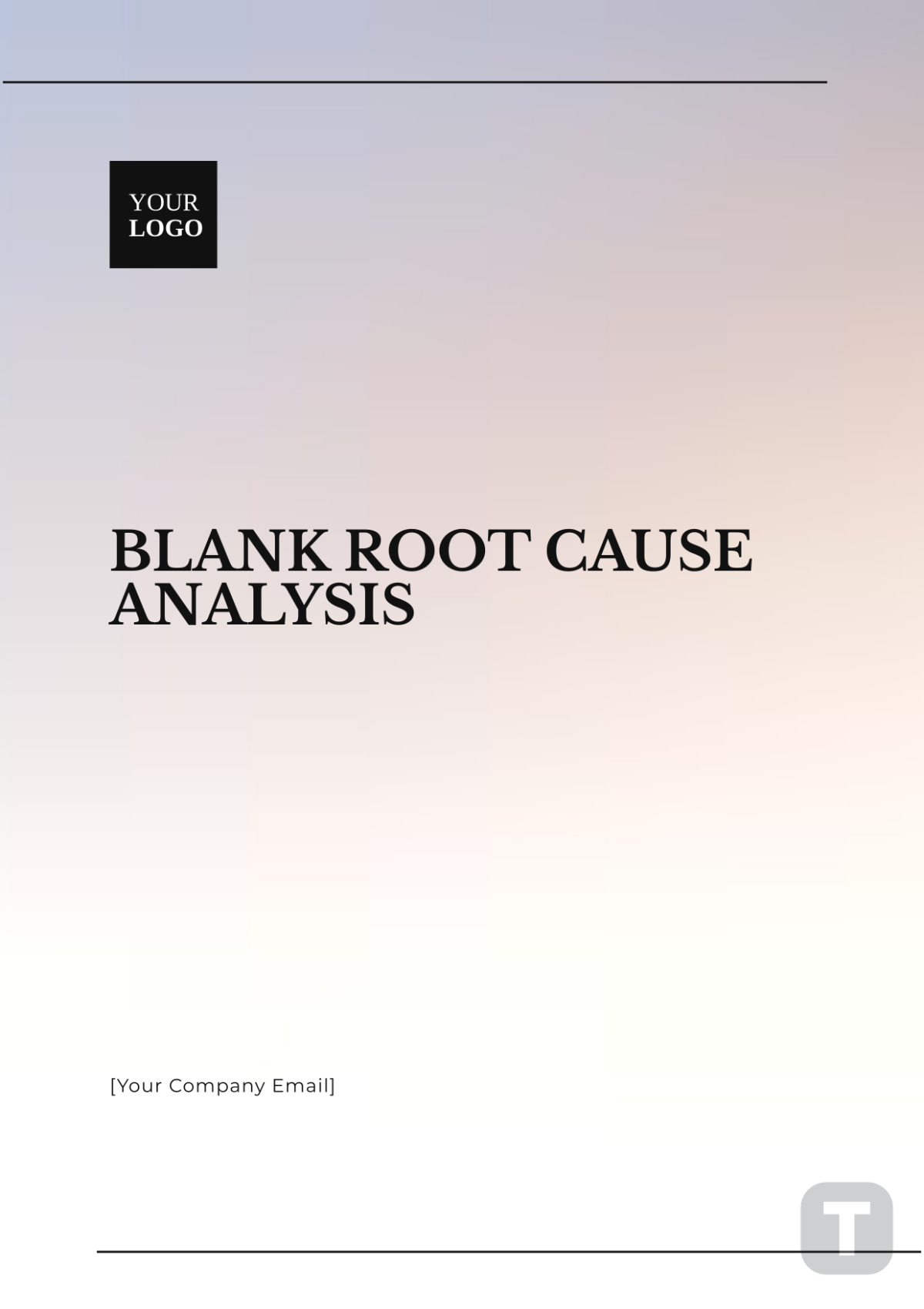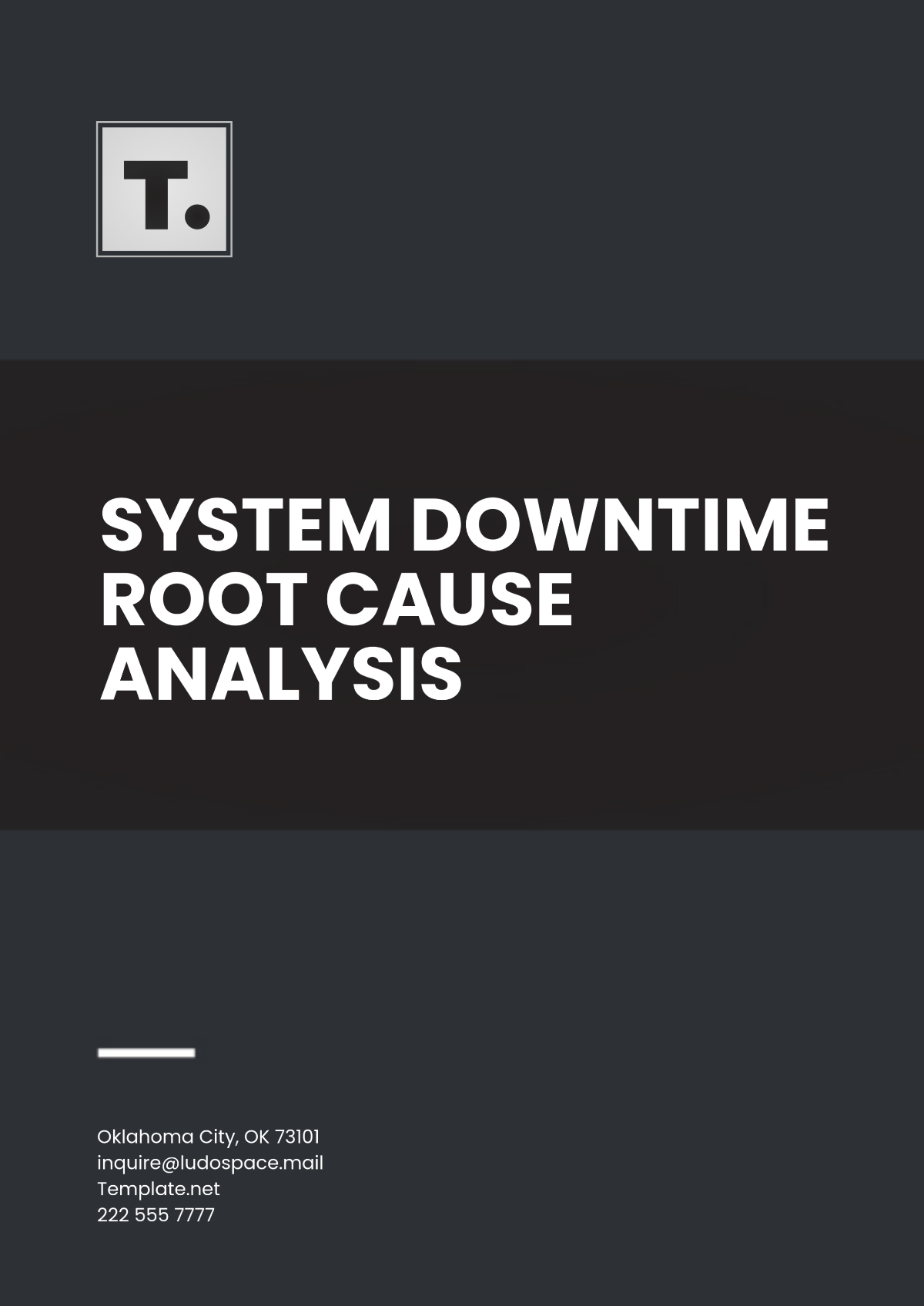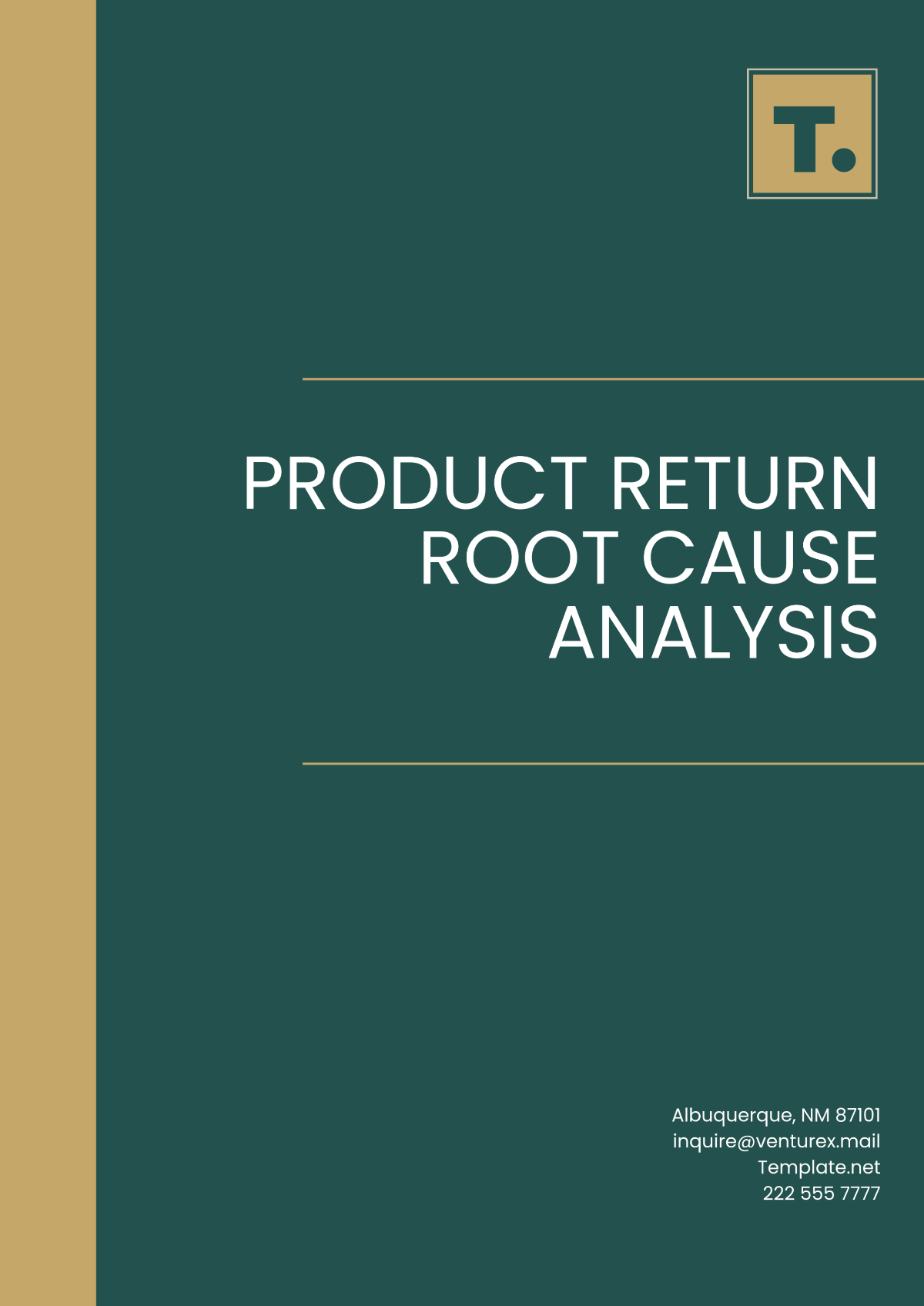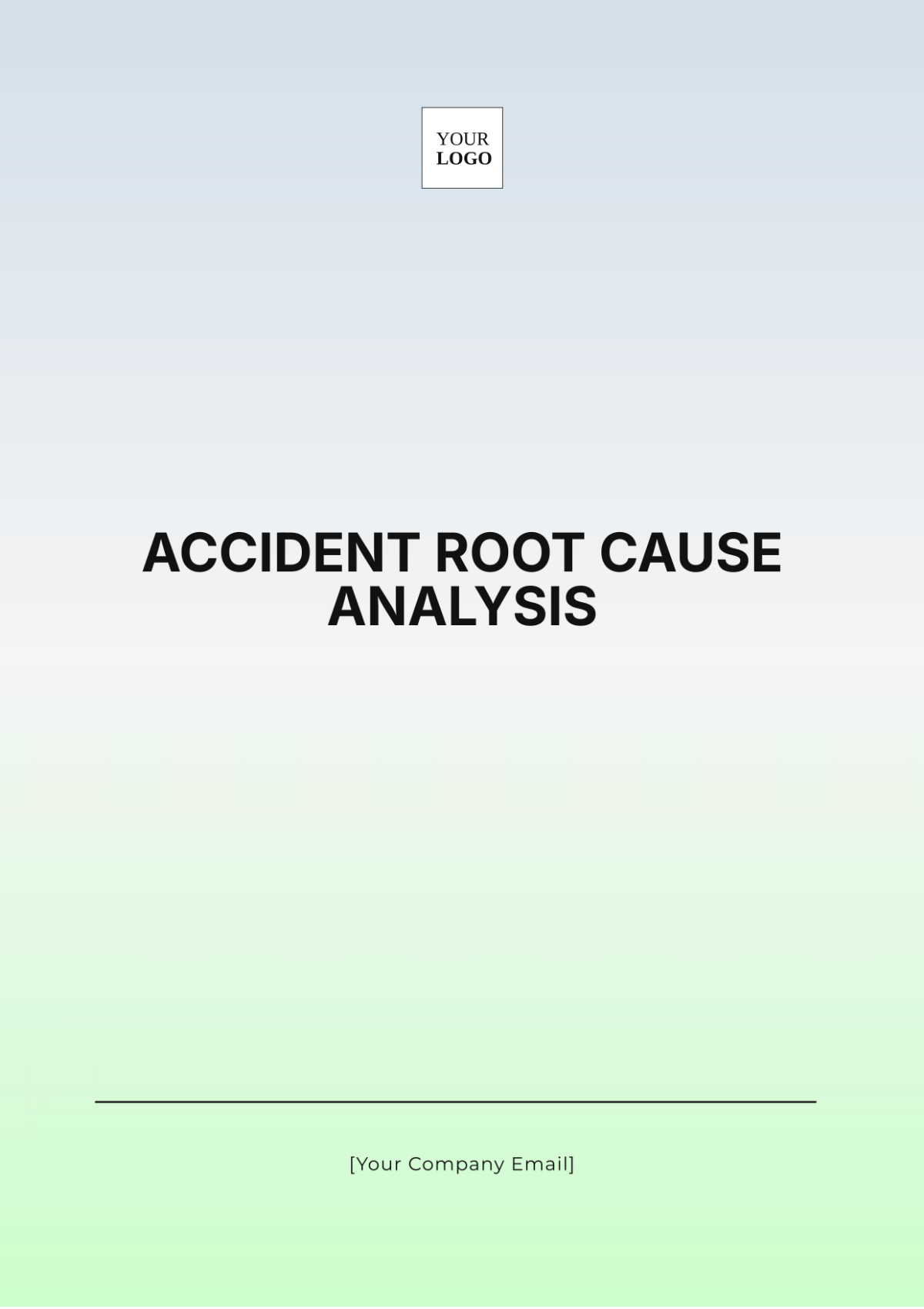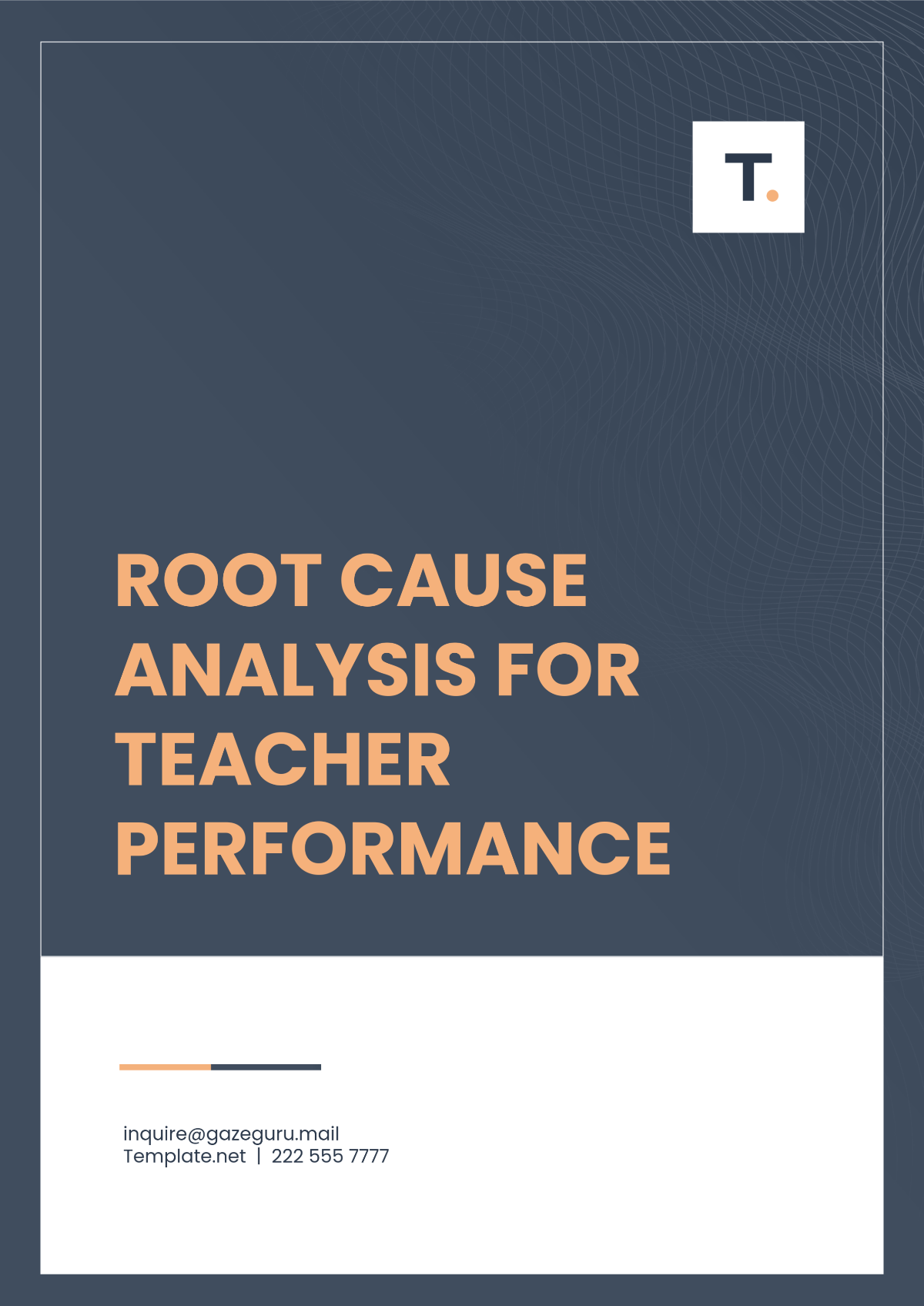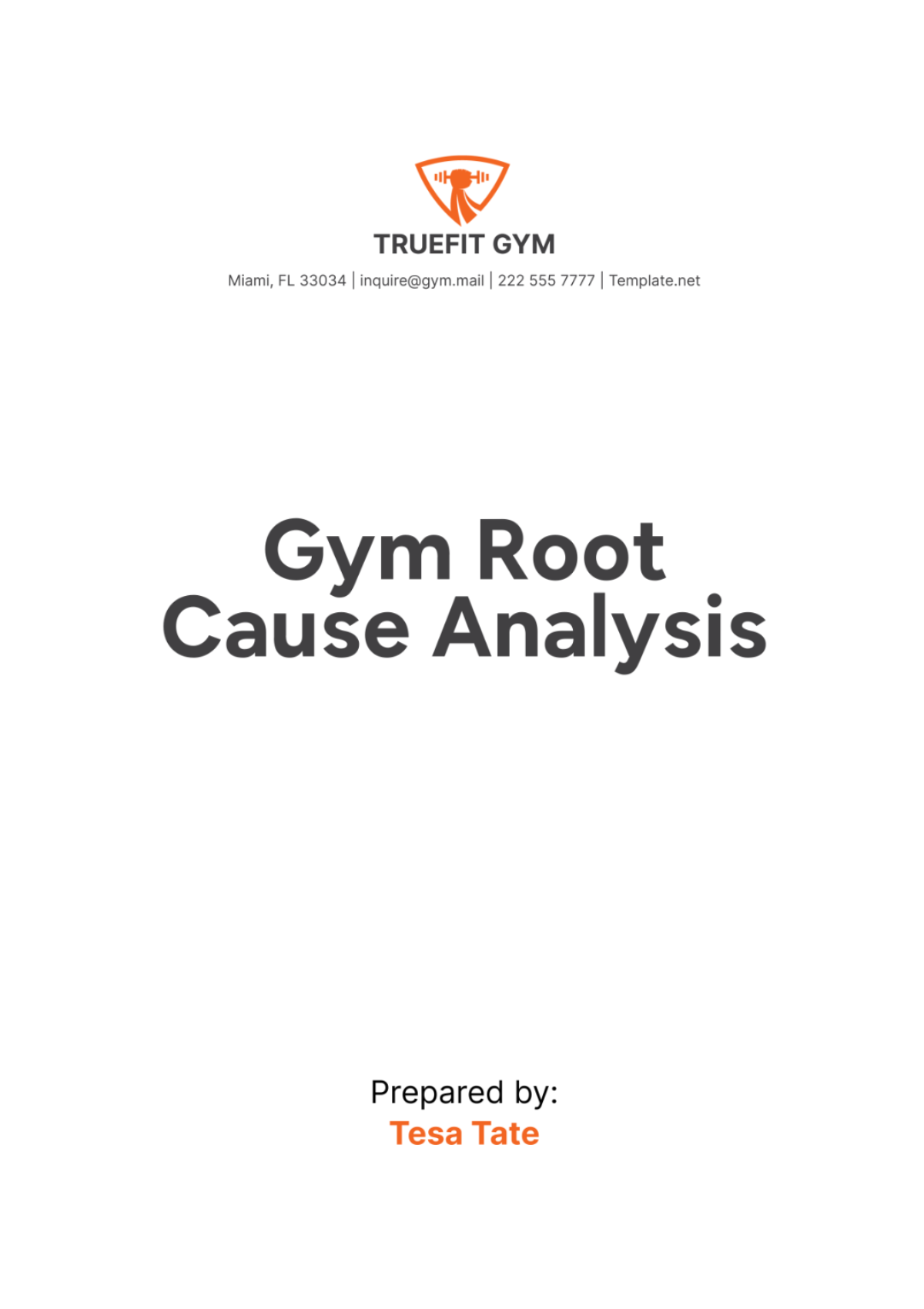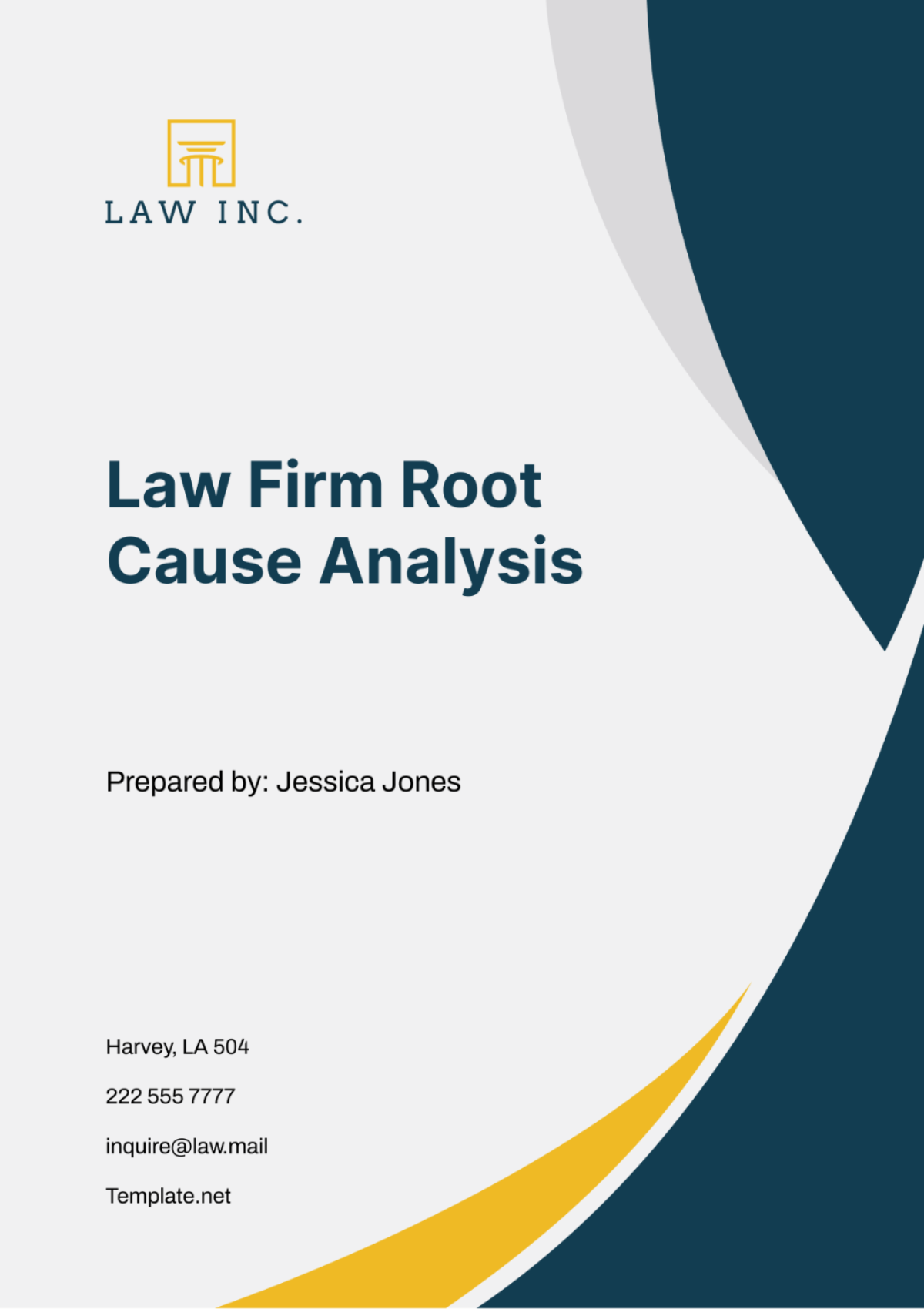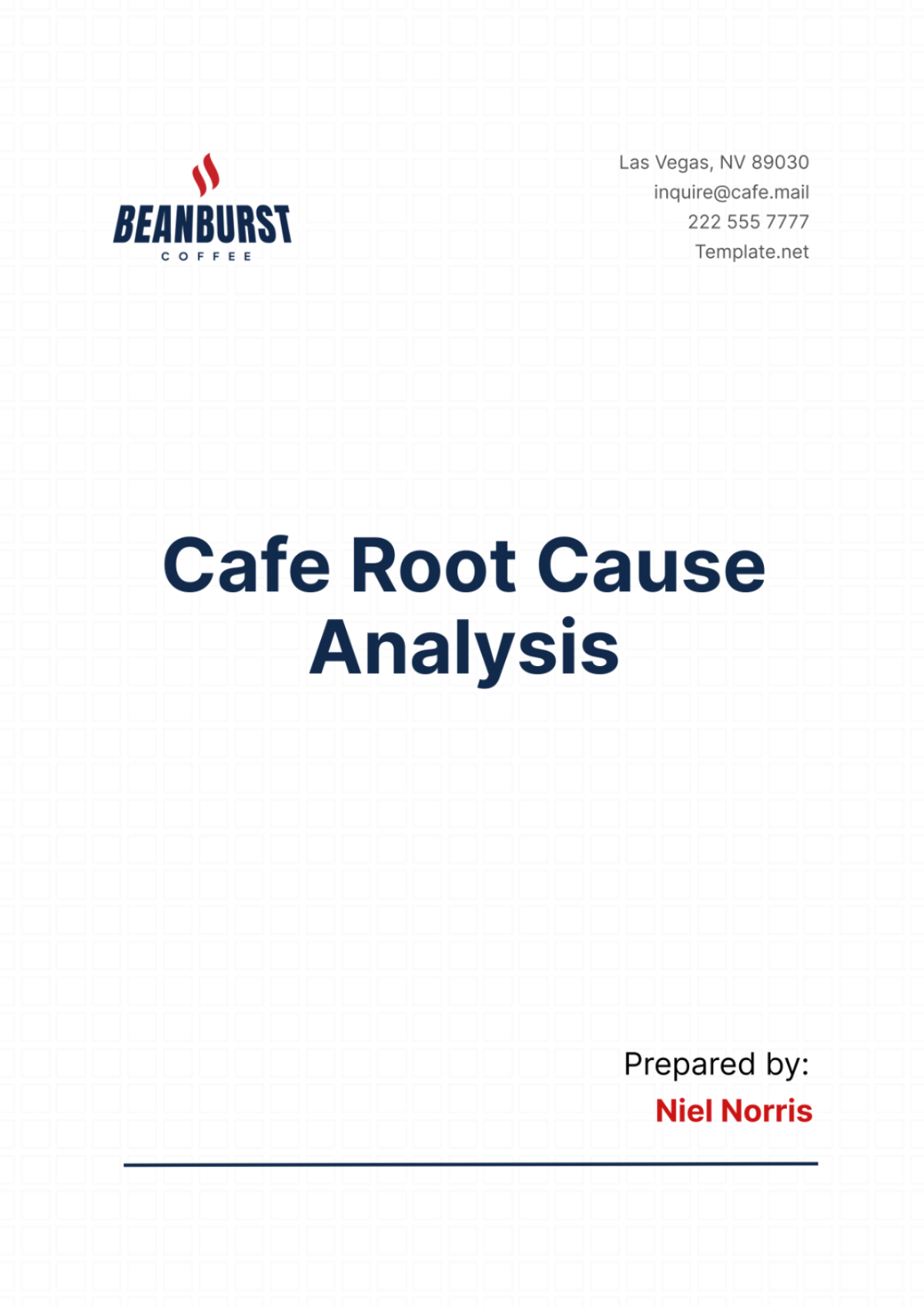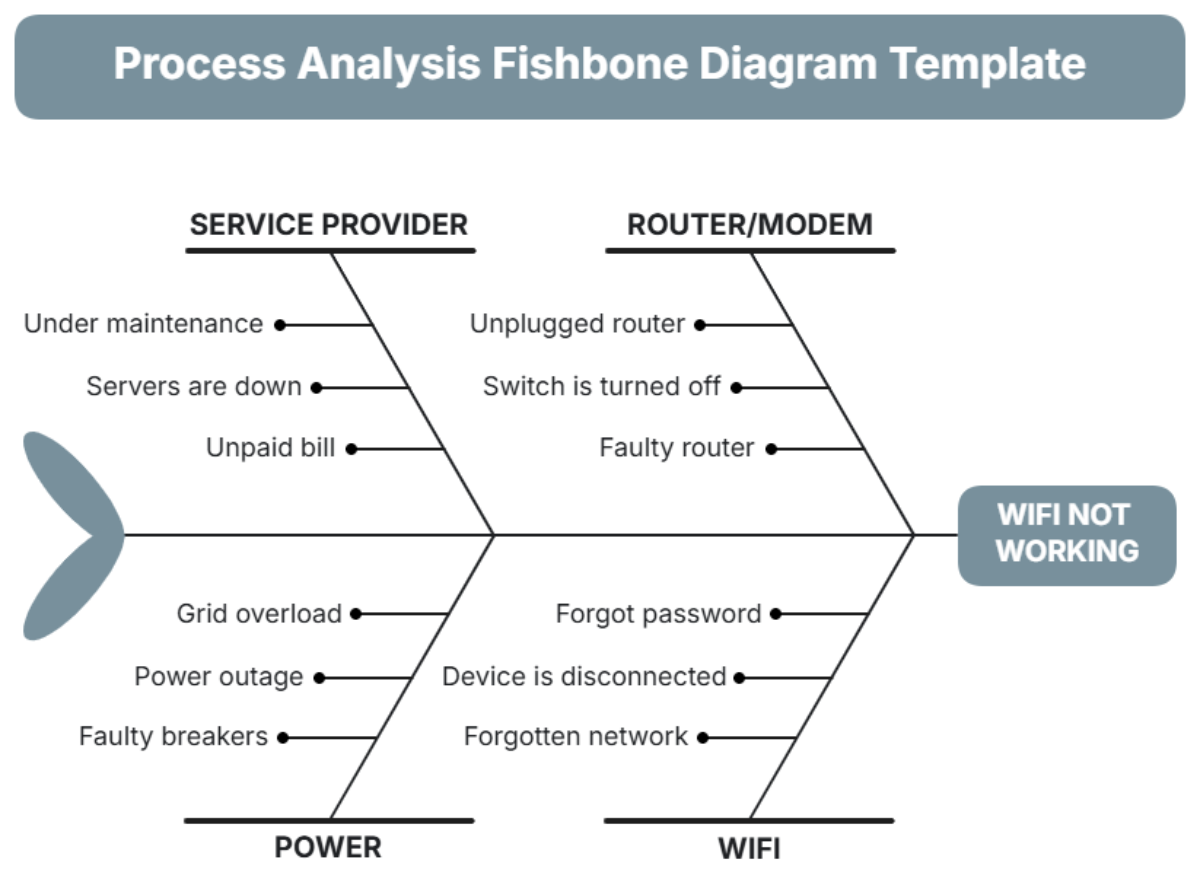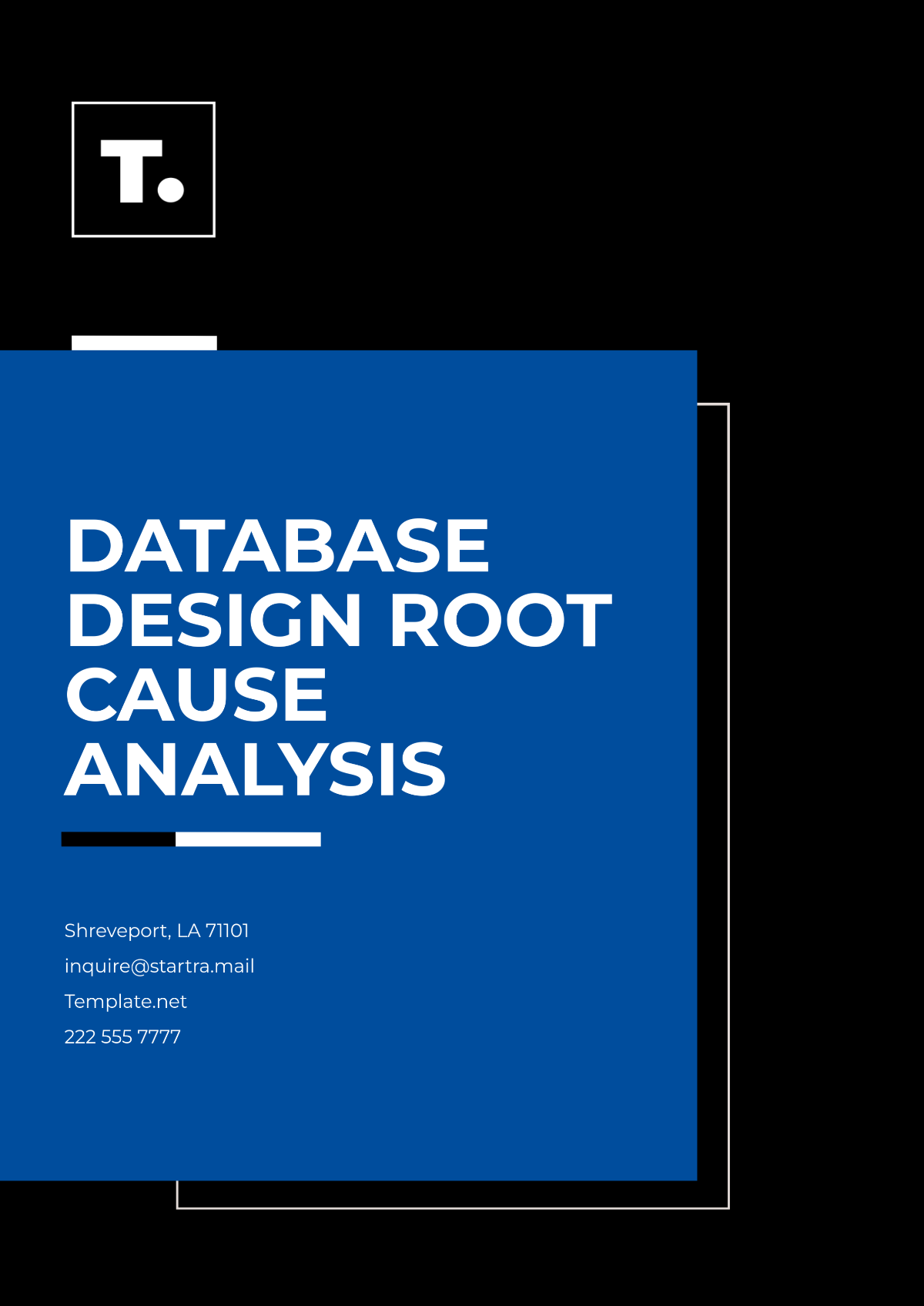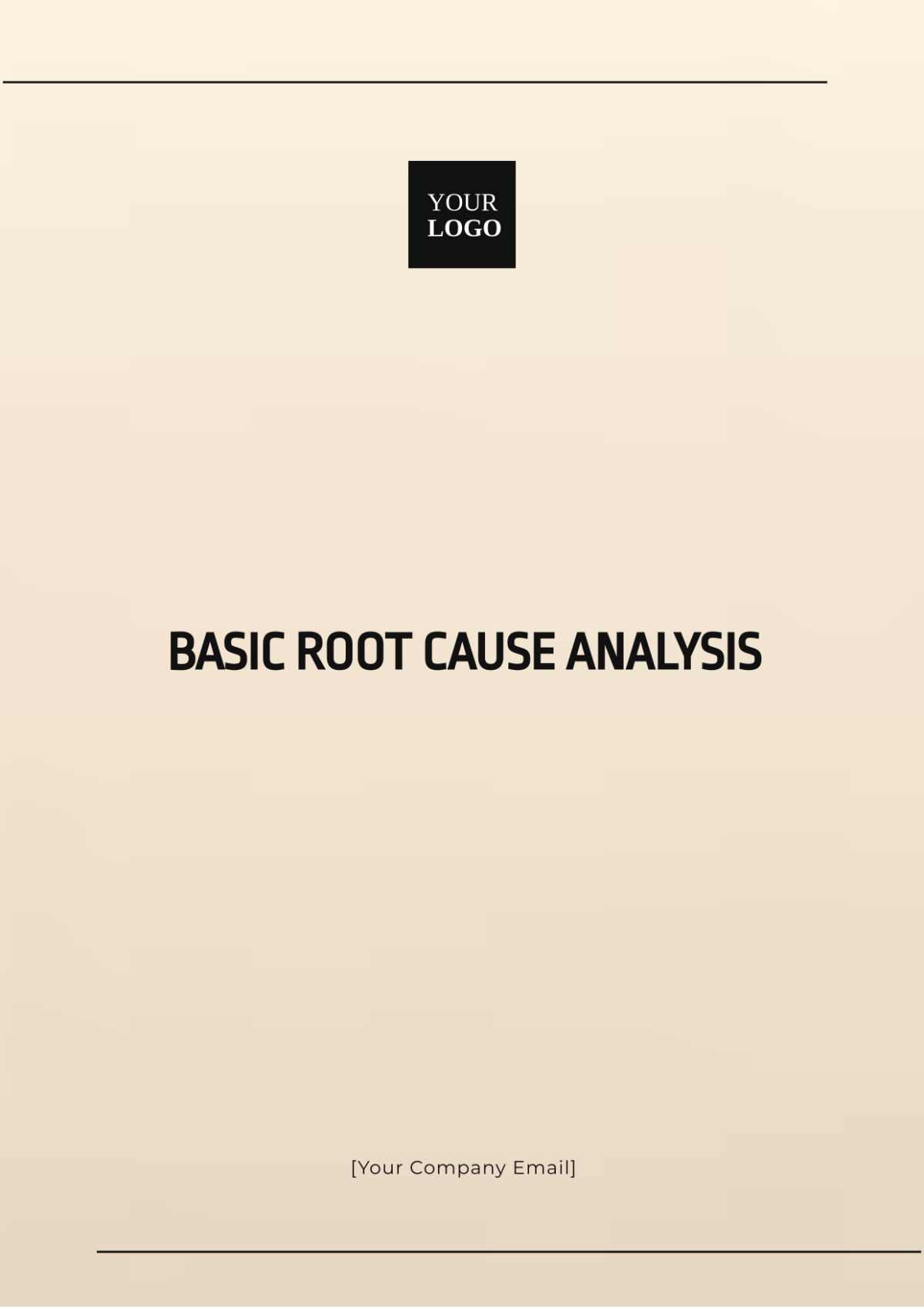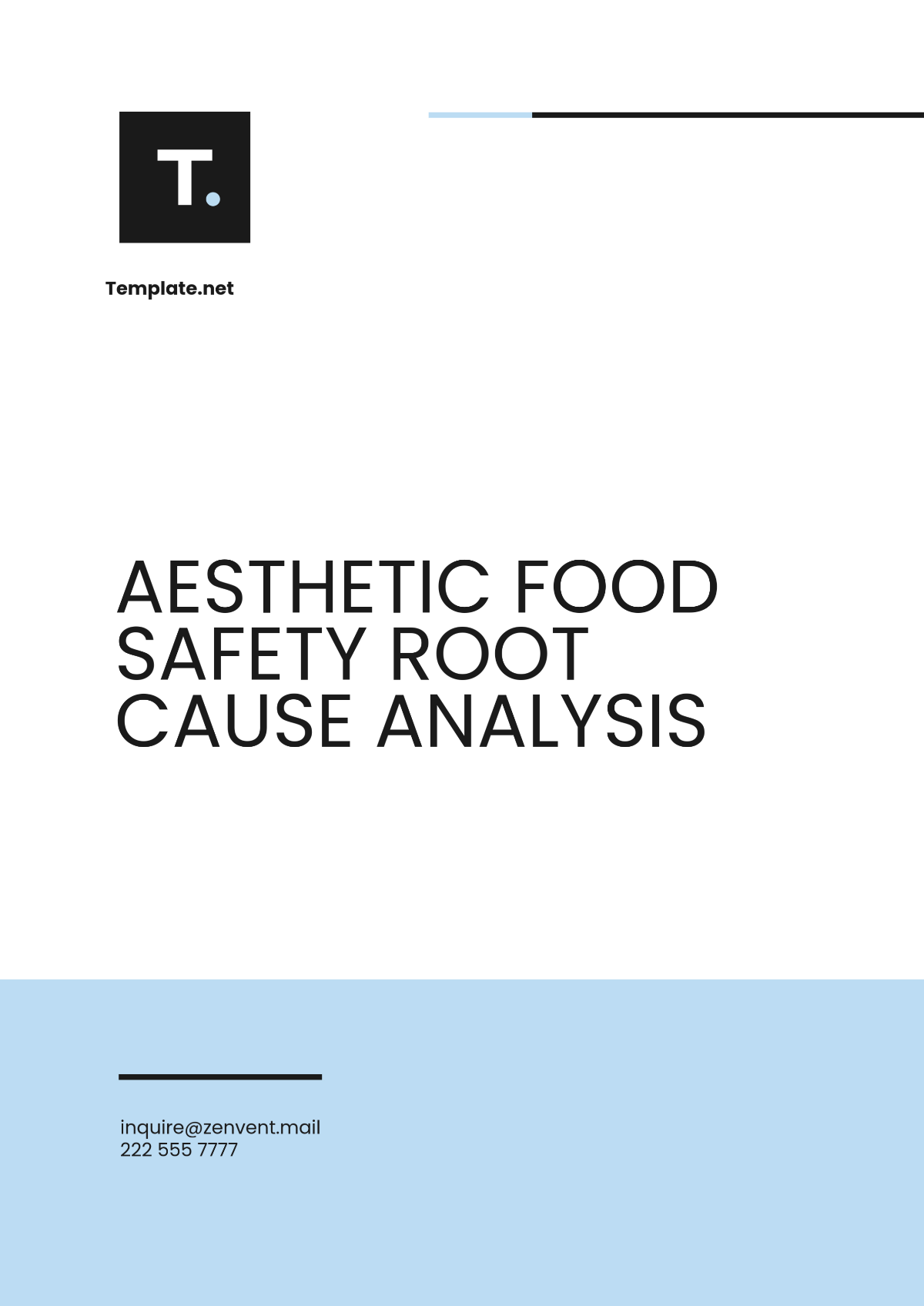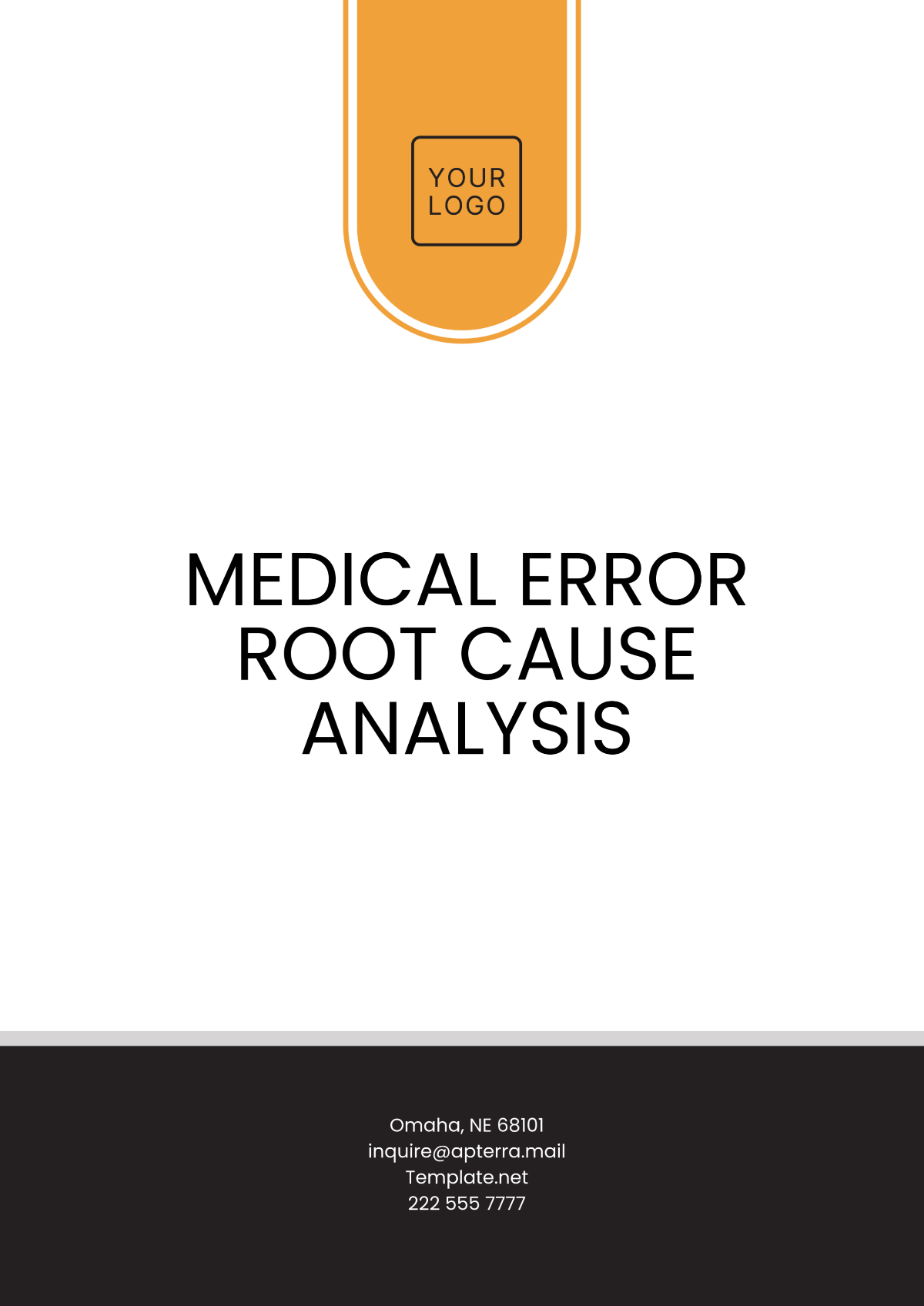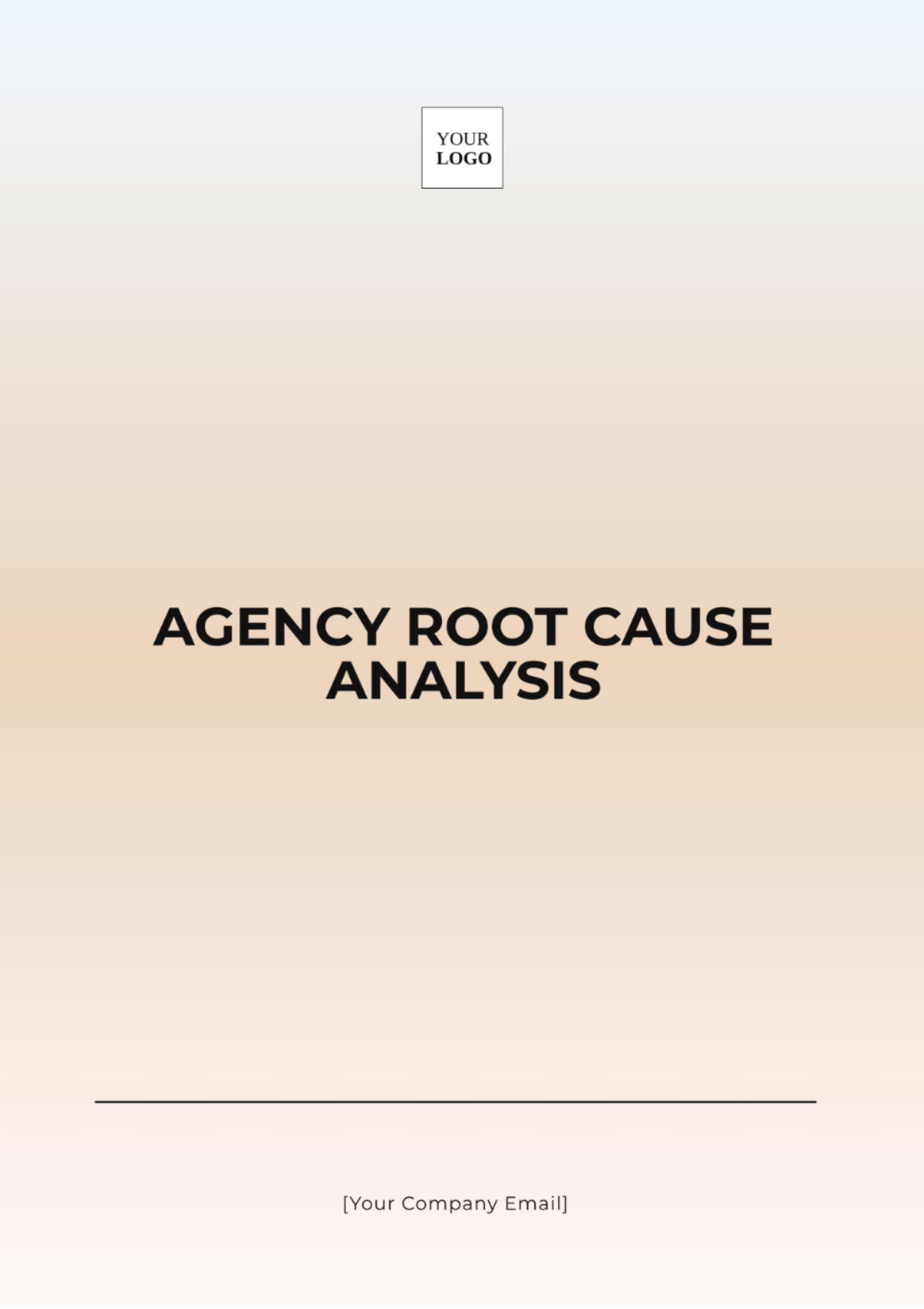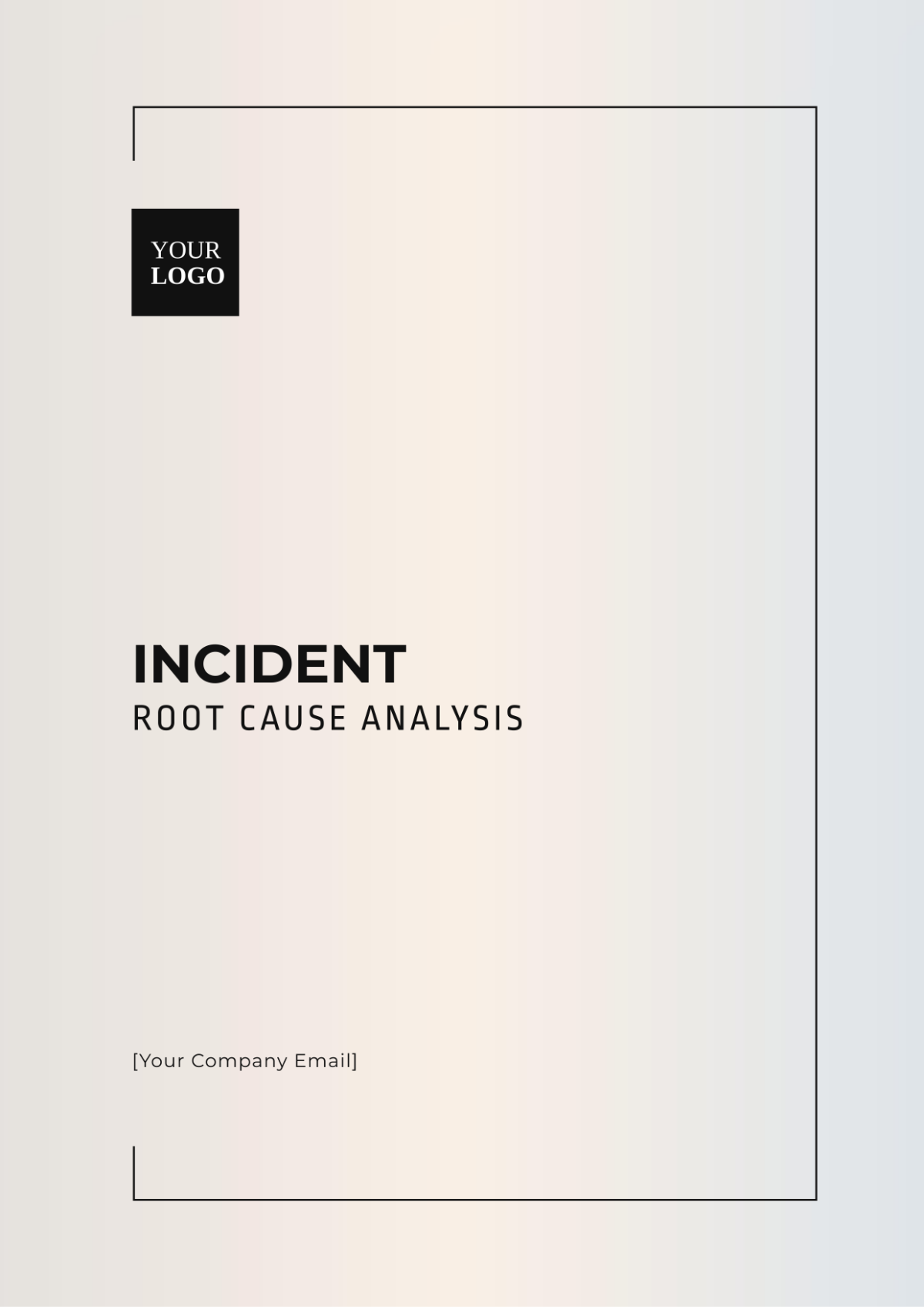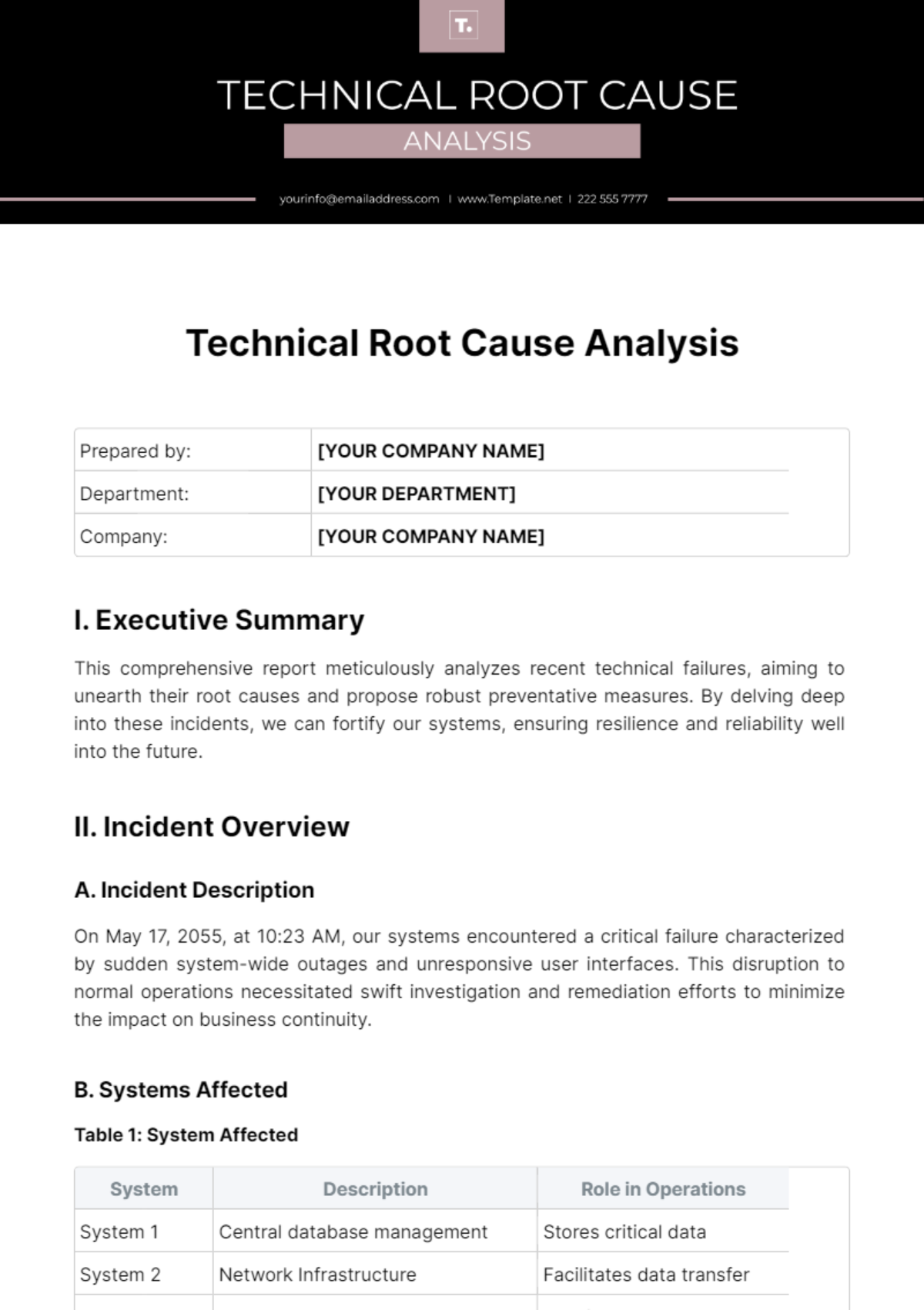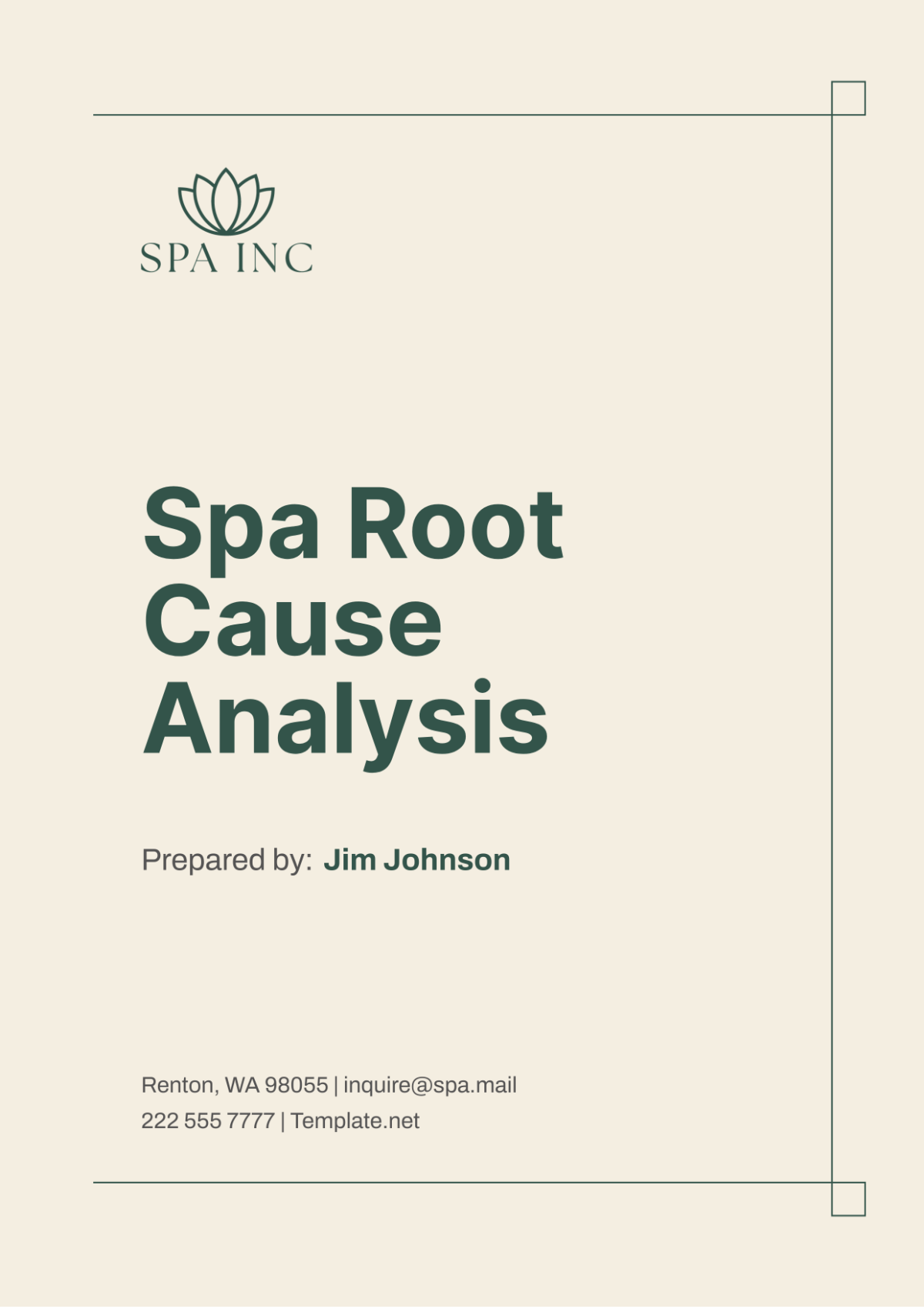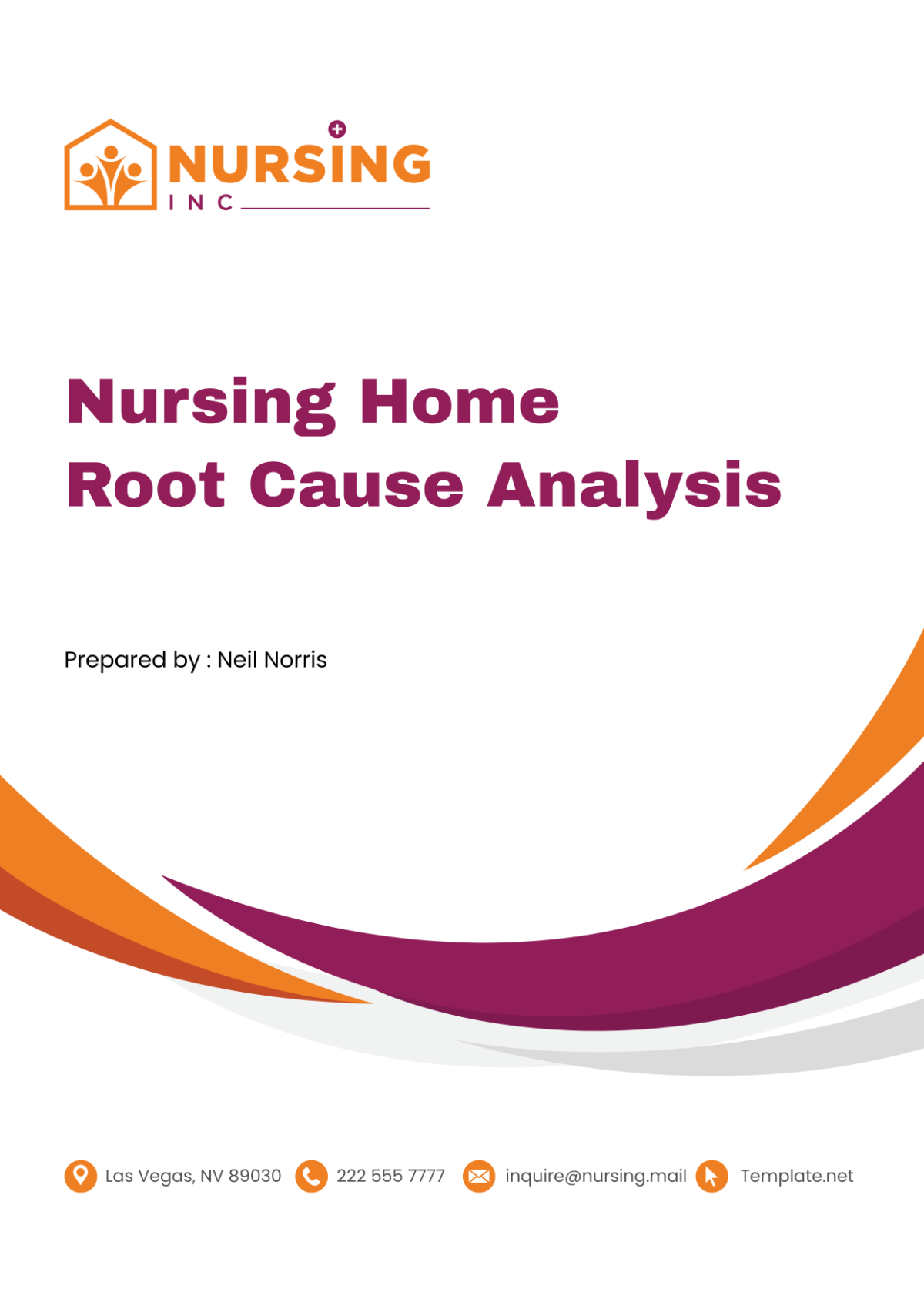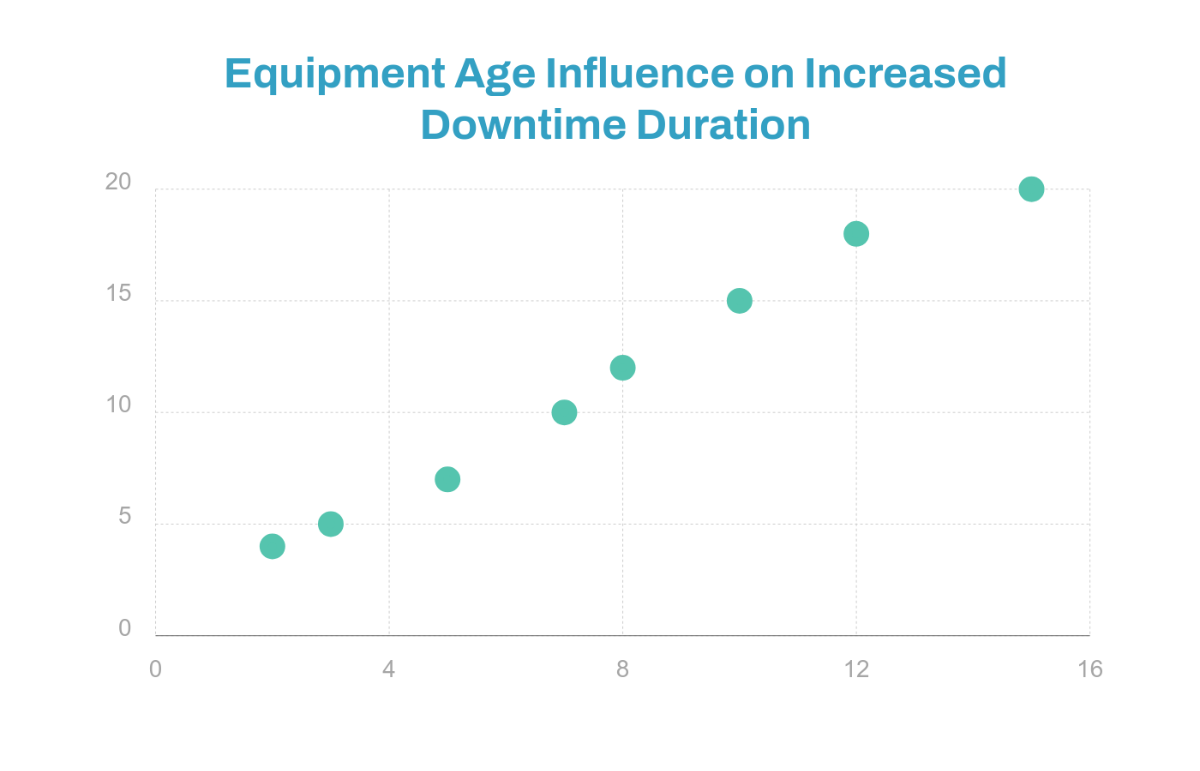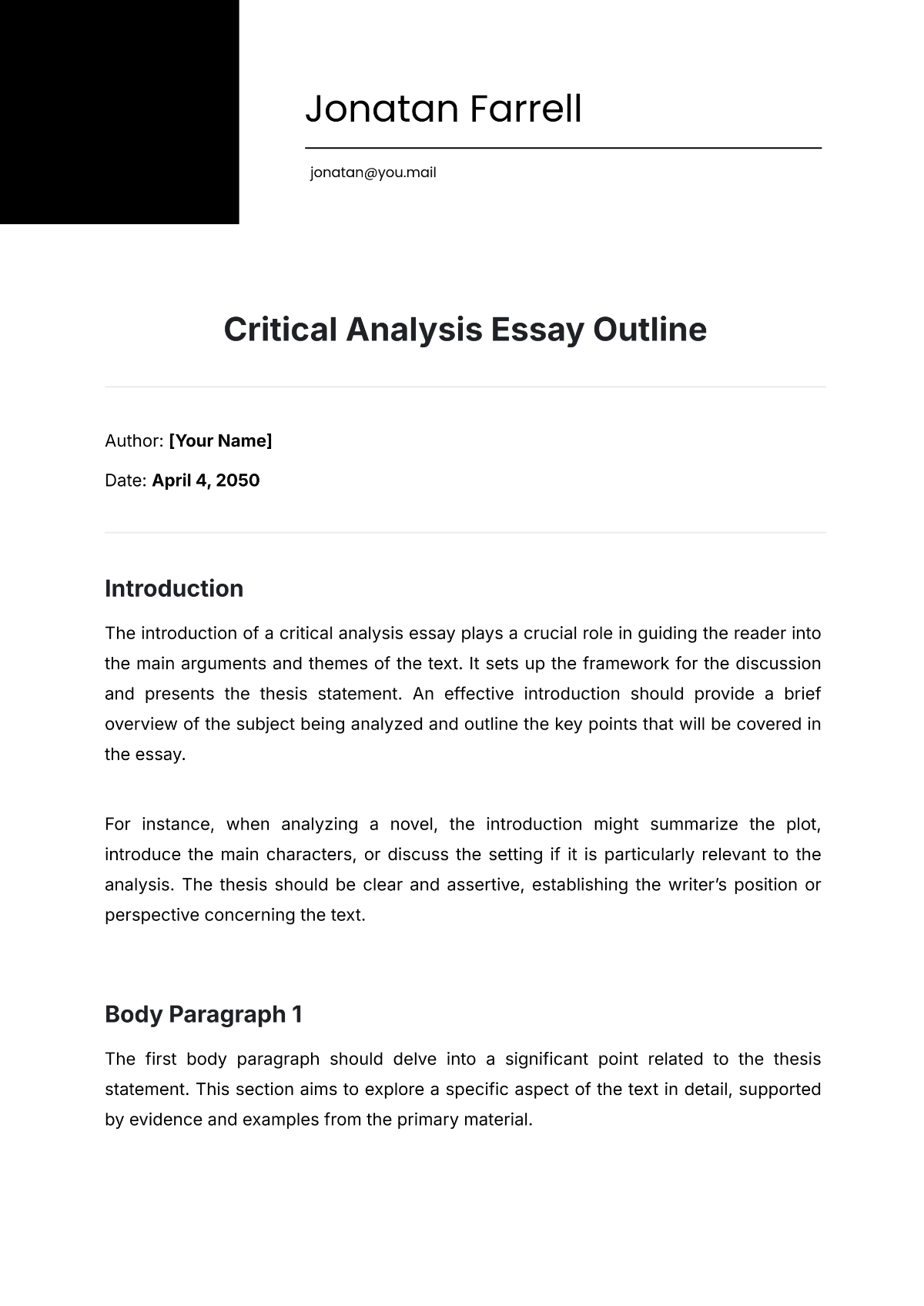School Case Study Analysis
I. Executive Summary
Our analysis of student dropout rates at [Your Company Name] revealed three primary factors influencing this trend: financial constraints, insufficient academic support, and inadequate career guidance. Through meticulous examination of student records, comprehensive surveys among current and former students, and in-depth interviews with faculty and staff, we gained valuable insights into these challenges. Financial constraints emerged as a significant barrier to student retention, impacting students' ability to afford tuition fees, course materials, and living expenses. Additionally, the lack of sufficient academic support, including tutoring services and personalized guidance, hindered students' academic progress and contributed to their decision to drop out. Furthermore, the absence of robust career guidance programs left students uncertain about their future prospects, failing to provide them with the necessary direction and motivation to persist in their studies.
To address these issues, we propose a multifaceted approach that includes implementing a comprehensive financial aid program, enhancing academic support services, and expanding career counseling initiatives. A robust financial aid program would provide students with access to scholarships, grants, and low-interest loans, alleviating their financial burden and enabling them to focus on their studies. Enhancing academic support services involves hiring additional academic advisors and tutors, as well as implementing peer mentoring programs, to provide students with the guidance and support they need to succeed academically. Expanding career counseling initiatives would involve providing students with access to career assessments, job shadowing opportunities, and networking events to help them explore career options and make informed decisions about their future.
By implementing these recommendations, we aim to significantly reduce student dropout rates at [Your Company Name], leading to higher student retention and academic success. We believe that by addressing the root causes of student dropout, we can create a more supportive and inclusive learning environment that empowers students to achieve their academic and career goals.
II. Introduction
This document offers a detailed examination aimed at uncovering and addressing the factors leading to high student dropout rates at [Your Company Name]. Our objective is to delve into the underlying causes of this issue and present practical strategies for improvement. Understanding the complexities surrounding student dropout rates is crucial for fostering a supportive and successful academic environment. By identifying these challenges, we can implement targeted interventions to enhance student retention and overall educational outcomes.
The analysis begins with a thorough investigation into the various factors contributing to student dropout rates, including financial constraints, lack of academic support, and inadequate career guidance. These elements are often intertwined, creating a complex landscape that requires a nuanced approach. Through a combination of data analysis, surveys, and interviews, we aim to gain a comprehensive understanding of the challenges faced by our students. This knowledge will serve as the foundation for our recommendations, which are designed to address these issues systematically and effectively.
Our ultimate goal is to create a more inclusive and supportive learning environment that enables all students to thrive. By identifying and mitigating the factors contributing to student dropout rates, we can enhance the overall educational experience for our students and strengthen the reputation of [Your Company Name] as a leading educational institution. This analysis serves as a starting point for our efforts to improve student retention and success, and we are committed to implementing these recommendations to drive positive change within our institution.
III. Methodology
This section outlines the meticulous approach taken to understand and address student dropout rates at [Your Company Name]. The methodology includes comprehensive data collection from various sources such as student records, surveys, and interviews with faculty and staff. This data is then analyzed both quantitatively and qualitatively to identify patterns and trends contributing to dropout. The methodology aims to provide a thorough understanding of the challenges students face and to inform effective intervention strategies.
A. Data Collection
This subsection details the various methods used to collect data on student dropout rates. It includes the sources of data, such as student records, surveys with current and former students, and interviews with faculty and staff. Each method is described in terms of its purpose and how it contributes to understanding the factors influencing student dropout.
Data Source | Method | Purpose |
|---|---|---|
Student Records | Review of academic and financial records | To identify patterns related to dropout rates, including academic performance, financial status, and enrollment trends. |
Surveys with Current and Former Students | Distribution of surveys via email and in-person interviews | To gather feedback on the reasons for dropout, satisfaction with academic support, and suggestions for improvement. |
Interviews with Faculty and Staff | Conducting interviews with faculty and staff members | To gain insights into the challenges students face, the effectiveness of current support systems, and recommendations for improvement. |
B. Data Analysis
This subsection outlines the analytical methods used to interpret the collected data. It includes both quantitative and qualitative analyses to provide a comprehensive understanding of the factors contributing to student dropout.
Quantitative Analysis
Data Type | Method | Purpose |
|---|---|---|
Dropout Rates | Calculation of dropout rates | To determine the overall dropout rate and identify trends over time. |
Financial Data | Analysis of financial records | To assess the financial status of students and identify correlations between financial constraints and dropout rates. |
Academic Performance Data | Examination of academic records | To analyze the academic performance of students who dropped out and identify any patterns or trends that may contribute to dropout. |
Enrollment Trends | Review of enrollment data | To identify any fluctuations or patterns in enrollment that may indicate factors contributing to dropout rates. |
Qualitative Analysis
Data Type | Method | Purpose |
|---|---|---|
Survey Responses | Coding and thematic analysis | To identify common themes and issues raised by students regarding their decision to drop out and their experiences at the institution. |
Interview Transcripts | Coding and thematic analysis | To extract key insights from interviews with faculty and staff regarding their perspectives on student dropout and suggestions for improvement. |
Cross-referencing Findings
Data Sources | Method | Purpose |
|---|---|---|
Student Records, Surveys, Interviews | Comparison and synthesis of findings | To cross-reference data from various sources to validate findings and identify common themes and issues related to student dropout. |
IV. Key Findings
This section highlights the key findings from the analysis of student dropout rates at [Your Company Name]. It presents the major factors contributing to student dropout, including financial constraints, lack of academic support, and inadequate career guidance. The findings are based on a thorough examination of student records, surveys, and interviews with faculty and staff.
A. Financial Constraints
The analysis revealed that many students cited financial difficulties as a significant factor in their decision to drop out. High tuition fees, cost of living expenses, inability to afford course materials, and the prospect of debt accumulation after graduation were identified as key issues. Recommendations include implementing a scholarship program, offering financial aid counseling, and exploring tuition reduction options.
Issue | Impact | Recommendations |
|---|---|---|
High Tuition Fees | Financial burden on students, leading to difficulty in paying fees | Implement a scholarship program, offer financial aid counseling, and explore tuition reduction options. |
Cost of Living Expenses | Struggle to afford basic necessities, affecting focus on studies | Provide assistance with housing, transportation, and meal plans; offer part-time job opportunities on campus. |
Course Materials and Resources | Inability to purchase required textbooks and materials, hindering academic progress | Establish a textbook rental program, provide grants for course materials, and enhance library resources. |
Debt Accumulation | Long-term financial burden after graduation, affecting post-graduation plans | Offer financial literacy programs, promote budgeting skills, and provide access to debt management resources. |
B. Lack of Academic Support
Insufficient academic assistance for struggling students emerged as a recurrent theme in dropout cases. Issues such as limited access to tutoring services, lack of personalized guidance, inadequate study skills development, and insufficient academic counseling were identified. Recommendations include expanding tutoring services, offering personalized academic plans, and providing resources on effective study habits.
Issue | Impact | Recommendations |
|---|---|---|
Tutoring Services | Limited access to tutoring and academic assistance, hindering academic progress | Expand tutoring services, offer peer mentoring programs, and provide academic workshops and study groups. |
Personalized Guidance | Lack of individualized attention and support, leading to feelings of disconnection | Increase academic advisor-to-student ratio, offer personalized academic plans, and provide faculty office hours. |
Study Skills Development | Insufficient guidance on study techniques and time management skills, affecting academic performance | Implement study skills workshops, offer time management seminars, and provide resources on effective study habits. |
Academic Counseling | Inadequate support for academic challenges and career planning, leading to uncertainty | Enhance academic counseling services, offer career planning workshops, and provide resources on degree planning. |
C. Inadequate Career Guidance
Students reported feeling unprepared for their future careers due to a lack of proper counseling. Limited exposure to different career paths, lack of knowledge about job market trends, insufficient professional networking opportunities, and limited internship and job placement support were identified as key issues. Recommendations include organizing career workshops, providing one-on-one career counseling, and establishing mentorship programs.
Issue | Impact | Recommendations |
|---|---|---|
Career Exploration Opportunities | Limited exposure to different career paths, resulting in uncertainty about future prospects | Organize career fairs, offer job shadowing opportunities, and provide access to alumni networking events. |
Job Market Preparation | Lack of knowledge about job market trends and requirements, hindering job search efforts | Provide resume writing workshops, offer interview preparation sessions, and conduct mock job interviews. |
Professional Networking | Insufficient connections with professionals in their field of interest, limiting career advancement | Facilitate networking events, establish mentorship programs, and encourage participation in industry-related activities. |
Internship and Job Placement Support | Limited assistance in securing internships and job placements, delaying entry into the workforce | Develop internship programs, collaborate with local businesses for job placements, and provide career placement services. |
V. Recommendations
This section provides actionable recommendations based on the key findings to address student dropout rates at [Your Company Name]. The recommendations focus on implementing programs and initiatives to provide financial aid, enhance academic support, and expand career counseling initiatives.
A. Financial Aid Program
The Financial Aid Program recommendations focus on providing financial support to students to alleviate the burden of tuition fees and living expenses, thus reducing the likelihood of dropout due to financial constraints.
Initiative | Description |
|---|---|
Scholarships and Grants | Offer merit-based and need-based scholarships to alleviate financial burden on students. |
Financial Institution Partnerships | Collaborate with banks and credit unions to provide students with access to low-interest loans and other financial assistance programs. |
Work-Study Programs | Establish work-study programs that allow students to earn money while gaining valuable work experience on campus or in the local community. |
Emergency Financial Assistance | Provide emergency funds to students facing unforeseen financial crises, such as medical emergencies or sudden loss of income, to prevent dropout due to financial hardship. |
B. Enhanced Academic Support
The Enhanced Academic Support recommendations aim to provide students with the necessary resources and assistance to improve their academic performance and reduce the risk of dropout.
Initiative | Description |
|---|---|
Increased Academic Advisors | Hire additional academic advisors to reduce student-to-advisor ratios and provide more personalized academic guidance. |
Tutoring Centers | Establish tutoring centers on campus to provide students with access to academic support services, including one-on-one tutoring and group study sessions. |
Peer Mentoring Programs | Implement peer mentoring programs where experienced students mentor and support newer students, fostering a sense of community and providing academic guidance. |
Online Academic Resources | Develop online platforms and resources, such as tutorials, study guides, and interactive tools, to support students' academic needs outside of traditional classroom hours. |
C. Expanded Career Counseling Initiatives
The Expanded Career Counseling Initiatives recommendations aim to improve students' career readiness and job placement prospects, thus reducing dropout rates related to career uncertainty.
Initiative | Description |
|---|---|
Career Workshops | Organize workshops on resume writing, job searching strategies, and interview skills to prepare students for entering the workforce. |
One-on-One Career Counseling | Offer individualized career counseling sessions to help students explore career paths, set goals, and develop strategies for achieving their professional objectives. |
Alumni Networking Events | Host events that bring together current students and alumni to facilitate networking opportunities and mentorship relationships. |
Industry Partnerships | Collaborate with local businesses and industry leaders to provide students with insights into current job market trends and opportunities, as well as potential internship and job placement opportunities. |
Professional Development Programs | Develop programs that enhance students' professional skills, such as leadership development, communication skills, and project management, to better prepare them for their future careers. |
VI. Expected Impact
This section outlines the anticipated impact of the interventions on reducing dropout rates and improving student retention and academic success at [Your Company Name].
Expected Impact | Description |
|---|---|
Reduction in Dropout Rates | Anticipate a significant decrease in the number of students dropping out due to financial constraints, lack of support, and career guidance. |
Improved Student Retention | Expect higher rates of student retention as a result of the implementation of financial aid programs and enhanced academic support services. |
Enhanced Academic Success | Predict improved academic performance among students who receive additional support, leading to higher graduation rates and overall success. |
Increased Student Satisfaction | Foresee higher levels of student satisfaction with the institution's support services, resulting in a more positive academic experience. |
Strengthened Institutional Reputation | Expect the institution to be viewed more positively by students, parents, and stakeholders, leading to increased enrollment and positive word-of-mouth. |
Long-Term Benefits for Students | Envision long-term benefits for students, including improved career prospects and financial stability, as a result of the interventions. |
This table provides a comprehensive overview of the expected impact of the interventions on various aspects of student life and institutional success.
VII. Implementation Plan
This section details the steps and responsibilities for implementing the recommendations to reduce student dropout rates at [Your Company Name]. The plan includes actions, responsible parties, timelines, and evaluation measures for each area of focus: Financial Aid Program, Enhanced Academic Support, and Expanded Career Counseling Initiatives.
Action | Responsibility | Timeline | Evaluation |
|---|---|---|---|
Implement financial aid program | Financial Office | Q1 2050 | Monitor scholarship distribution and impact on dropout rates. |
Collaborate with financial institutions | Financial Office, Partnerships Team | Q2 2050 | Track student access to loans and financial assistance programs. |
Establish work-study programs | Career Services, Student Affairs | Q3 2050 | Assess student participation and impact on financial stability. |
Hire additional academic advisors | HR Department, Academic Affairs | Q2 2050 | Measure advisor-to-student ratios and academic improvement. |
Expand tutoring services | Academic Affairs, Student Support | Q3 2050 | Monitor usage of tutoring services and academic performance. |
Implement peer mentoring programs | Student Affairs, Academic Affairs | Q4 2050 | Evaluate effectiveness through student feedback and academic progress. |
Develop online academic resources | IT Department, Academic Affairs | Q2 2050 | Track usage statistics and academic outcomes. |
Organize career workshops | Career Services, Student Affairs | Q3 2050 | Measure workshop attendance and career planning among students. |
Offer one-on-one career counseling | Career Services, Student Affairs | Q4 2050 | Assess impact on career decision-making and job placement. |
Host alumni networking events | Alumni Relations, Career Services | Q1 2051 | Monitor student-alumni interactions and career networking opportunities. |
Collaborate with industry partners | Career Services, Partnerships Team | Q2 2051 | Track student internships and job placements through partnerships. |
Develop professional development programs | Career Services, Academic Affairs | Q3 2051 | Evaluate student participation and impact on professional skill development. |
VIII. Monitoring and Evaluation
This section outlines the strategies for monitoring and evaluating the effectiveness of the initiatives aimed at reducing student dropout rates at [Your Company Name]. The monitoring and evaluation plan includes regular student surveys, academic performance reviews, and tracking of dropout rates. These initiatives are designed to gather feedback, track progress, and identify areas for improvement in the dropout prevention strategies.
A. Regular Student Surveys
Regular student surveys are a key component of the monitoring and evaluation plan. These surveys provide valuable feedback on students' academic experiences, challenges faced, and suggestions for improvement.
Initiative | Description |
|---|---|
Quarterly Feedback Forms | Distribute surveys to students to gather feedback on their academic experiences, including challenges faced and suggestions for improvement. |
Focus Groups | Conduct focus group discussions with students to delve deeper into specific issues and gather qualitative insights into their experiences. |
Online Feedback Platforms | Implement online platforms or portals where students can provide feedback anonymously and at their convenience. |
Exit Surveys | Conduct surveys with students who are leaving the institution to understand their reasons for leaving and gather feedback on their experience. |
B. Academic Performance Reviews
Academic performance reviews are conducted regularly to track students' progress and identify those who may be at risk of dropping out.
Initiative | Description |
|---|---|
Monthly Performance Tracking | Track students' academic performance on a monthly basis to identify trends and intervene early with struggling students. |
Intervention Strategies | Develop strategies to support students who are at risk of dropping out, including academic counseling, tutoring, and additional support. |
Academic Progress Monitoring | Implement a system to monitor students' academic progress throughout the semester, identifying those who may need additional support. |
Peer Review Sessions | Organize peer review sessions where students can provide feedback and support to their classmates on academic performance. |
C. Tracking Dropout Rates
Tracking dropout rates is essential for evaluating the effectiveness of the dropout prevention initiatives and identifying areas for improvement.
Initiative | Description |
|---|---|
Annual Dropout Rate Analysis | Analyze annual dropout rates to understand trends over time and identify factors contributing to dropout. |
Mid-Year Reviews | Conduct mid-year reviews to assess progress in reducing dropout rates and adjust strategies as needed to meet targets. |
Early Warning Systems | Implement early warning systems that identify students who are at risk of dropping out based on attendance, grades, and other factors. |
Retention Program Evaluation | Evaluate the effectiveness of retention programs and initiatives in reducing dropout rates and improving student retention. |
IX. Conclusion
Addressing student dropout rates requires a multifaceted approach that goes beyond academic performance alone. By implementing the recommended strategies focusing on financial aid, enhanced academic support, and expanded career counseling, [Your Company Name] can significantly enhance student retention and success. These initiatives not only benefit individual students but also contribute to the overall reputation and success of the institution.
Moreover, a holistic approach to student support can create a positive cycle of success. As students feel more supported and engaged, they are likely to perform better academically, leading to higher retention rates and improved institutional outcomes. This, in turn, can attract more students and enhance the reputation of [Your Company Name] as an institution committed to student success.
Thus, addressing student dropout rates is not just a matter of implementing isolated solutions but rather requires a comprehensive and integrated approach. By focusing on financial aid, academic support, and career counseling, [Your Company Name] can create a supportive environment that fosters student success and enhances the overall quality of education provided.

